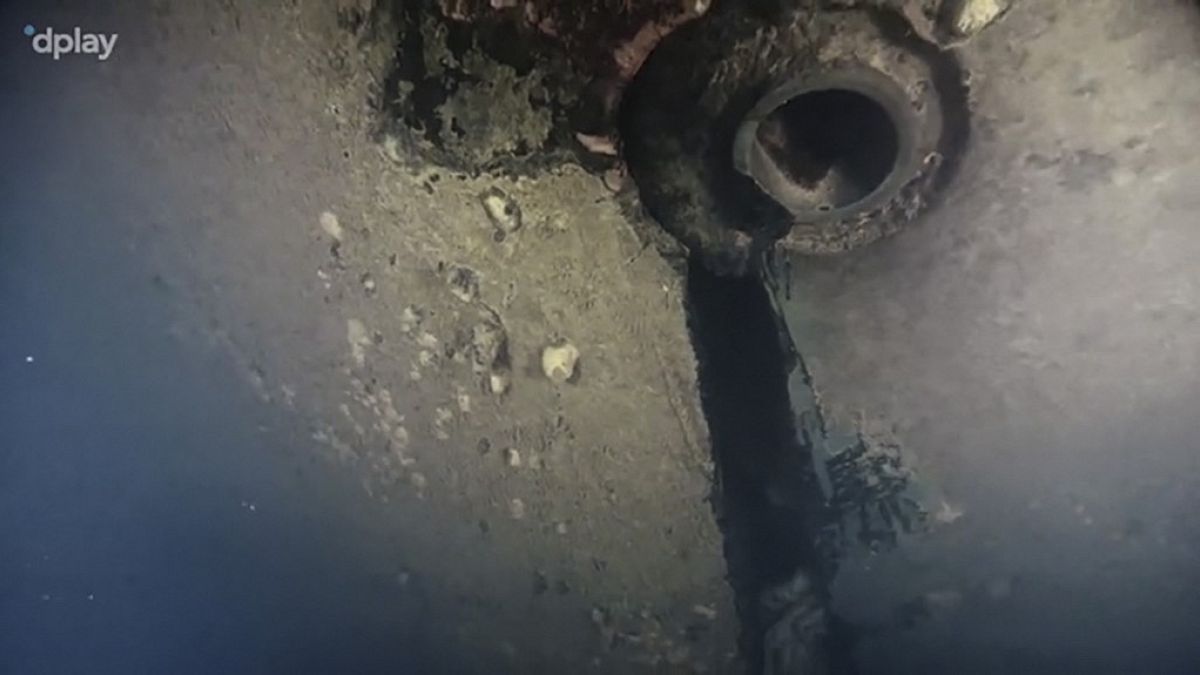The shipwreck in the Baltic Sea is considered a graveyard for victims.
Two Swedish filmmakers have been found guilty of illegally disturbing the MS Estonia ferry, which sank in 1994 killing 852 people.
The men had recorded footage of the wreck for a 2020 documentary entitled "Estonia - the discovery that changes everything".
Director Henrik Evertsson and analyst Linus Andersson were arrested in September 2019 after using a remote-controlled diving robot to film the shipwreck.
On Monday, a Gothenburg court convicted them of "breaching the peace of the grave" and handed them fines of 22,400 Swedish Krona (€2,088) and 18,800 Swedish Krona (€1,752).
The MS Estonia sank in the Baltic Sea during a storm on an overnight voyage from Tallinn to Stockholm, with 803 passengers and 186 crew on board.
Just 137 people survived Europe’s worst peacetime maritime disaster. Most of the victims were Swedish and Estonian citizens.
In 1995, Baltic Sea countries signed an international law that regards the wreck as a graveyard for victims of the disaster and bans any exploration of the area.
The two documentary makers were originally acquitted of violating Swedish law, as they had used a foreign German-flagged vessel to film the site. But an appeals court later ruled that they should face a second trial.
The men were spared prison sentences because of their motives for exploring the wreck, the Gothenburg court said in a statement.
"There is a strong public interest in maintaining the peace of burial around the MS Estonia, which is the burial place of a large number of people," said presiding judge Göran Lundahl.
"The protection of the peace of the grave outweighs the interest in the protection of freedom of expression and information."
An official investigation in 1997 concluded that the 155-metre-long ferry sank after its bow door locks failed, flooding the car deck.
But some survivors have suggested that the MS Estonia had collided with a submarine, or that an explosion inside the ship had caused it to sink. Further doubts were raised after the new documentary revealed undiscovered holes in the ship's hull.
Evertsson told Euronews in 2021 that he had filmed the shipwreck when they found out "a lot had not been surveyed in 1994".
"That surprised us a lot and we lacked information and documentation, and that's why we needed to investigate."
Officials say there is no new evidence that contradicts the 1997 report and that the new holes in the ship's hull may have occurred when it hit the seabed.
